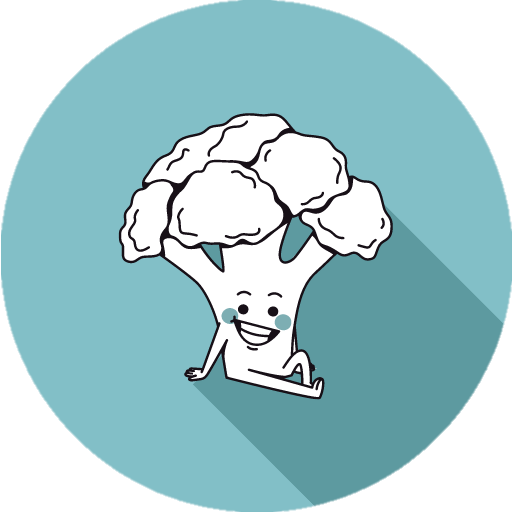Picture this: You're wrapping up an online shopping session, with the mouse hovering over the checkout button. Suddenly, you notice a little green leaf next to one of the delivery options. "Huh," you think, "that's new." Without much thought, you select it and complete your purchase. Congratulations! You've just been "nudged" into making a more sustainable choice. But how did that happen, and why should marketers care?
Posted in Archive, Strategy
published on Tuesday, 24 September 2024

Introduction
Today, more and more retail companies are recognizing the need to create the ultimate customer experience in-store. Neuromarketing research has made considerable ground in investigating how customers behave and make purchase decisions based on their experiences. Notwithstanding biases from cultural factors, physiological states, and spending power, results from neuromarketing consumer research have given indications of what elements are likely to stimulate positive thoughts and behavior among consumers. Coffee shops all over the world are some of those that have gained from such studies.
The business of coffee is a multi-billion dollar industry all around the world. Both international brands and local brands have thrived in their own spaces and communities. Experts agree that it’s more than just the beans and the brews that bring in customers and grow loyal patronage. It’s a combination of different factors including the store atmosphere, employee service, drink quality, pricing, and past experiences that delight customers and keep them coming for more.
Posted in Archive, Strategy
published on Tuesday, 27 August 2024
If you are a pet owner, chances are high you are guilty of talking to your cat or dog as if it’s human. Or even give it its own little raincoat when the weather is bad. That sort of interaction is how we create a strong emotional bond with our pet and how it becomes part of the family. Or maybe you give your car a name. A bit strange, but it helps to create a sense of personal connection and attachment to the vehicle. Ever heard of the movie Cast Away? This movie depicts a deep truth about the irrepressible social nature of humans: the main character, who is left alone on a deserted island, personifies a volleyball and names him Wilson. He does this because of his basic need for social interaction. Wilson is the symbol of hope and of his salvation.
Posted in Archive, Strategy
published on Monday, 29 January 2024
Ever wondered what is actually shaping your product preferences? Before you click that "Add to Cart" button, what if I told you that the aesthetics of product ratings is subtly guiding your choices?
Posted in Archive, Strategy
published on Monday, 08 January 2024

Picture this: you're wandering the aisles of a grocery store, looking for a healthy snack. You come across two seemingly identical products, but one has a brand name that's as long as a Shakespearean monologue, while the other has a snappy, short name that's easier to remember. Which one are you more likely to trust as the healthier choice? Did you rely on your instincts and beliefs about the product rather than scrutinizing its nutritional label?
As consumers, our food choices are heavily influenced by our intuition (Chan & Zhang, 2022; Motoki & Togawa, 2022). In turn, our intuition is largely shaped by branding elements. From brand names to logos and even the personality associated with a brand, these cues offer us valuable information that guides our purchasing decisions.
For instance, foods packaged in green or blue colors are often perceived as healthier, while those in red packaging may trigger a different response (Huang & Lu, 2015; Schuldt, 2013). But what about brand names? Can a simple name affect how we perceive the healthfulness of a product?
Posted in Archive, Strategy
published on Tuesday, 21 November 2023




